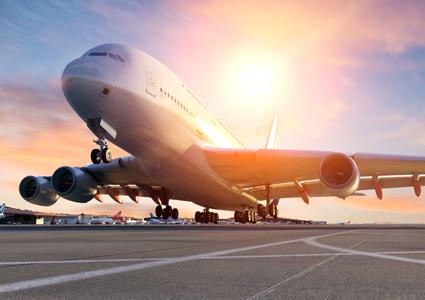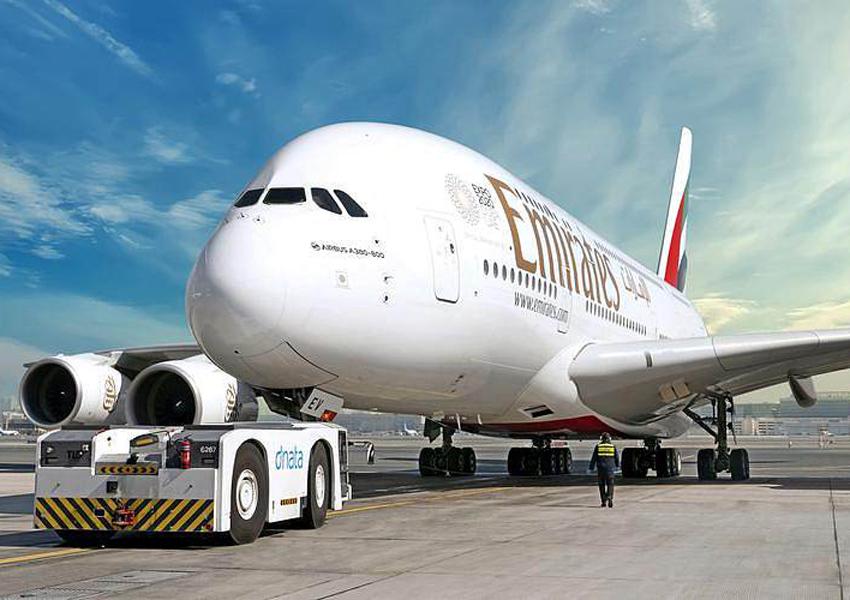
News
How to Create an Air Freight Quotation Format for Your Business?

When shipping goods internationally, air freight is often the fastest and most reliable method. One important part of this process is providing a clear and accurate air freight quotation. A good air freight quotation format helps both the service provider and the customer understand the costs, timeframes, and services.
In this article, we will explain how to create an air freight quotation format for your business. Whether you are a service provider or a customer looking for air freight services, knowing how to create, read, and request a quote can help make the shipping process easier.
What Is an Air Freight Quotation?
An air freight quotation is a document that shows the cost and services for transporting goods by air. It includes things like shipping rates, extra fees, and other services. The goal of a good air freight quotation is to make sure both sides understand all costs and conditions before starting the shipment.
An air freight quotation format usually includes:
● Shipping rates: The cost of transporting goods by air based on weight, volume, and destination.
● Extra charges: Handling fees, customs duties, or other additional costs.
● Service types: Whether the shipment is standard, fast, or has special handling.
● Delivery timeframes: The estimated time for the goods to reach their destination.
A good air freight quotation format helps set clear expectations for both the client and the service provider.
Key Parts of an Air Freight Quotation Format
A good air freight quotation format should be clear and easy to understand. Here are the main parts to include:
- Header Information The quotation should begin with basic details to identify both parties. This includes: ○ Freight forwarder's name ○ Customer's name and contact information ○ Date of the quotation ○ Quotation reference number (if needed) ○ Shipment details (origin, destination, description of goods) This information helps make sure the quotation is easy to find and connect it to the right shipment.
- Air Freight Rates One of the most important parts of an air freight quotation is the rates section. This should include: ○ Weight or volume of the shipment: Air freight is usually charged based on weight or volume. It is important to say which one is being used and the units (pounds, kilograms, or cubic meters). ○ Rate per unit: The cost for each weight or volume unit. ○ Total cost: This is the rate multiplied by the total weight or volume of the shipment. If you are unsure about the cost, you can ask for an air freight quotation sample to see how others structure the quotation.
- Extra Costs and Charges Air freight doesn't only have the basic shipping rate. There are usually other costs, such as: ○ Fuel surcharges: Some air freight providers add a fuel charge to cover changes in fuel prices. ○ Security fees: For high-value or sensitive goods, a security charge might apply. ○ Customs duties and taxes: Depending on where the goods are going, customs duties or taxes might be added. These extra charges can change the total cost, so it's important to list them clearly in the quotation format.
- Delivery Timeframes Air freight is often used for speed, so it is important to include the expected delivery times in the quotation. This section should show: ○ Transit time: The time it will take for the goods to reach their destination. ○ Delivery method: Whether the shipment is direct or if it has to stop at other points. Clients will want to know when to expect their goods, so providing this information is important.
- Terms and Conditions Every air freight quotation should include terms and conditions to protect both sides. These can include: ○ Payment terms: When payments are due and whether a deposit is required. ○ Liability clauses: Who is responsible if something goes wrong, like damage or delay during shipment. ○ Cancellation policy: The rules for canceling the shipment and any related fees. Having clear terms helps both parties know what is expected and avoids confusion.



